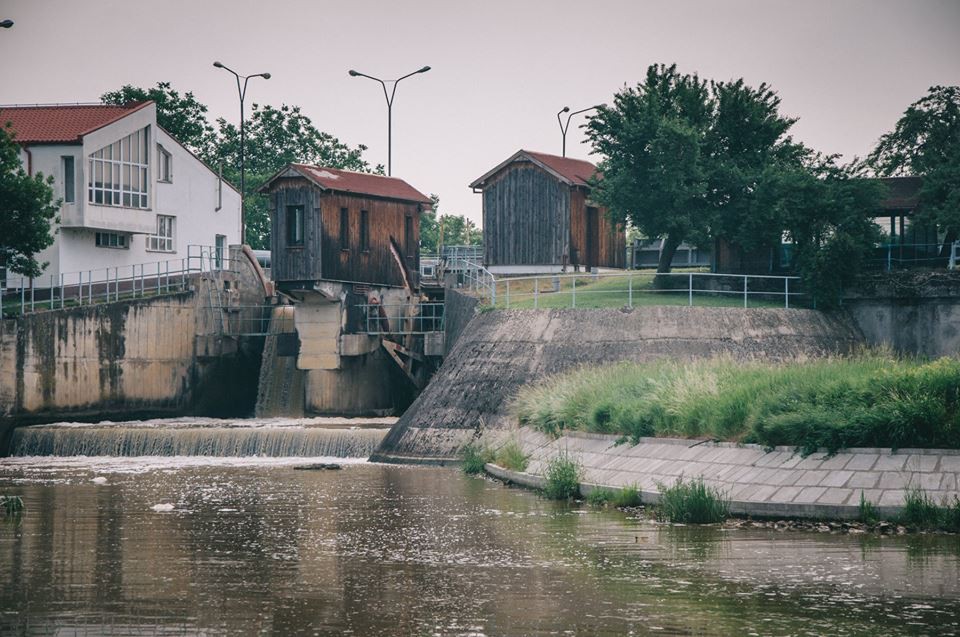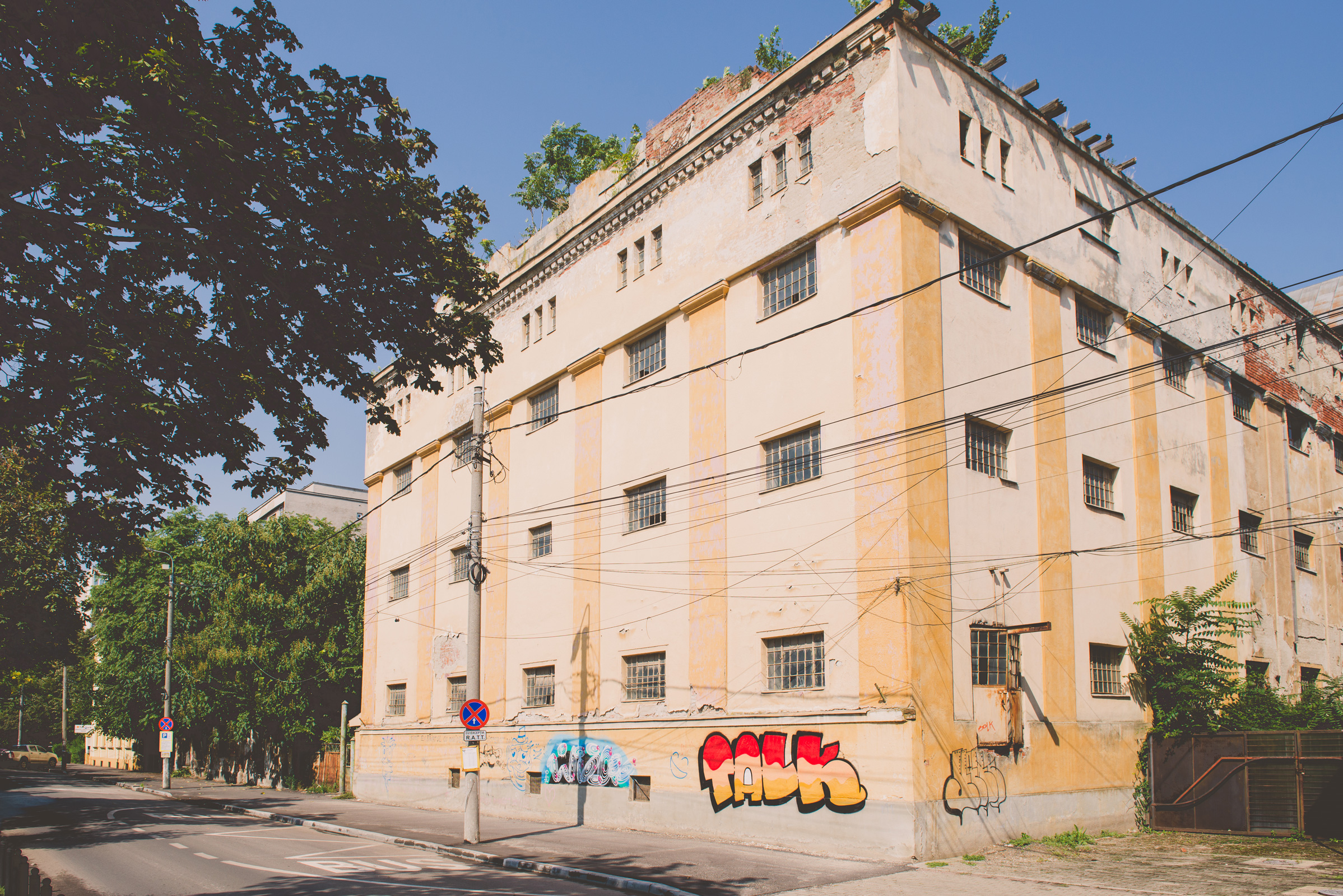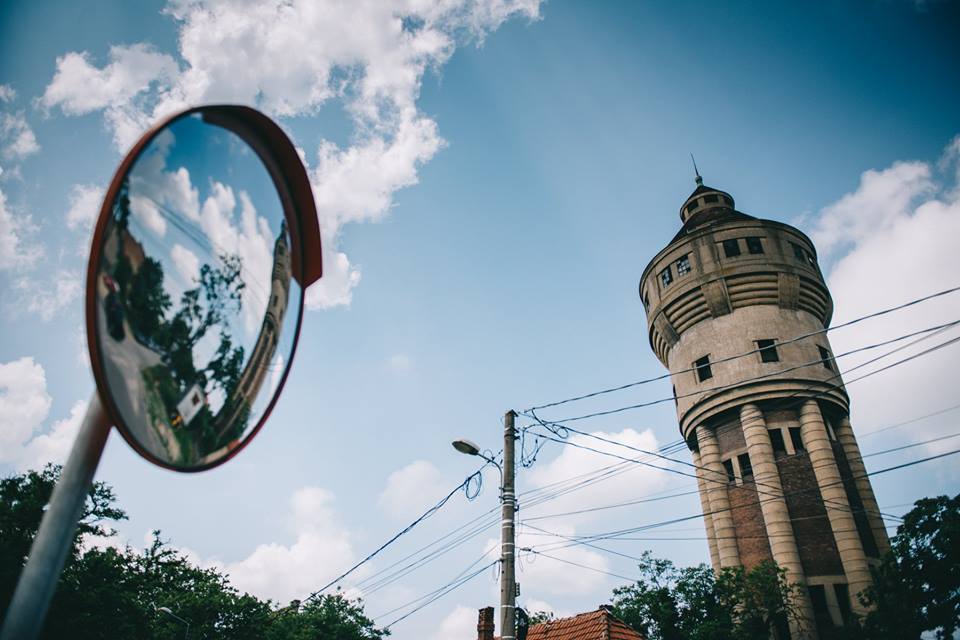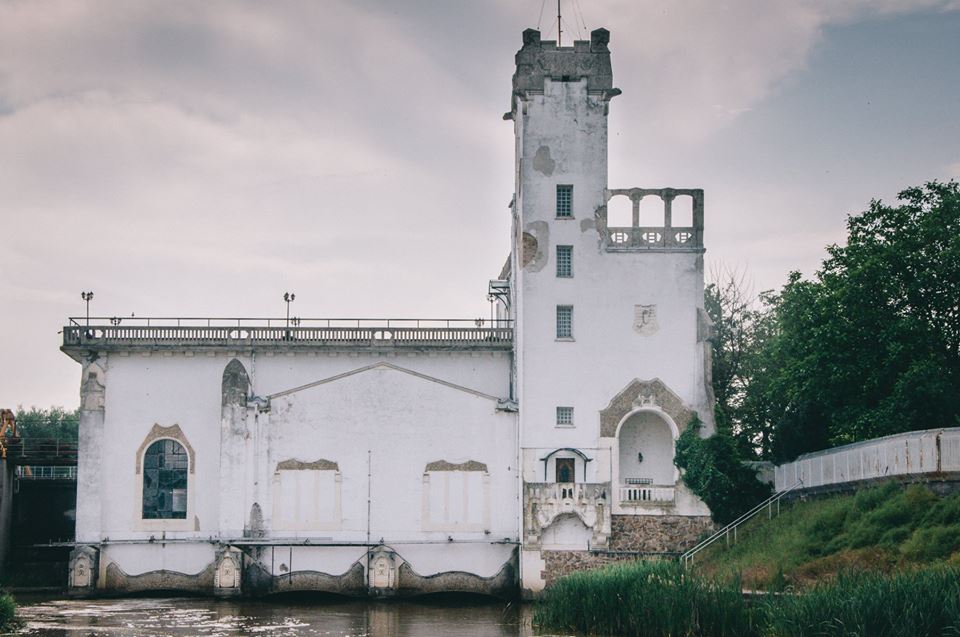
Industrial heritage
Industrial heritage is / has been an important territorial and architectural component of many (rural, urban) settlements from Romania. According to the law no.6 / 2008 dedicated to the juridical regime of the technical and industrial heritage it is very clearly defined: "From the typological and functional point of view the following categories can be identified: industrial constructions (workshops, halls, warehouses, towers and water castles) etc.), civil constructions (dwellings, administrative buildings, religious buildings etc.), areas for the exploitation and processing of natural or surface resources, transport and infrastructure constructions, machinery and installations, cultural and industrial landscapes (including the intangible component of the industrial heritage), public or private documentary funds.”
Taking these into account, it is considered important and beneficial to overlap these typologies on the territory of the country. Among this exercise results, it would certainly be the identification of an impressive number of regions, sites, buildings, infrastructure elements, etc., which need inventory, preservation, restoration and refunctioning actions. Most of them are under constant threat, due to land pressure (in the case of large settlements), isolation (small and medium settlements), rejection and misunderstanding of local and foreign communities, negative image, etc.



The industrial heritage is among the most difficult to understand and accept patrimonial categories, both in Romania and internationally. Few understand the impact of industrial revolutions on various settlements and territories, on their communities and lifestyles. The complete elimination of these witnesses would lead to the loss of important components of settlements evolution, but neither full conservation is not a solution; a possibility would be to choose elements of historical, technological, architectural, urban value that could be reintroduced in the communities’ life’s.
Timisoara is one of the big Romanian cities whose evolution has long been linked to that of the industry. The river channel Bega is one of its results, along with most of the collective housing districts built to accommodate the workers of the various factories in the city. Today, these sites and buildings are often places waiting for new investors or users. However, the big danger, is to demolish all the elements of this heritage category, which would result in the destruction of the coherence of the urban tissue by eliminating the generating elements of certain urban – historical developments.
Sources:
- Industrial Heritage Retooled: The TICCIH Guide to Industrial Heritage Conservation
- Paşcu G., Le patrimoine industriel - minier Facteur de développement teritorial: Complexité et enjeux en Roumanie, en comparison avec la France et la Grande-Bretagne. (PhD thesis, 2015)
- Ţiganea O., Paşcu G., Anina Industrial Landscape: Heritage Representations and Interpretations. (2017)